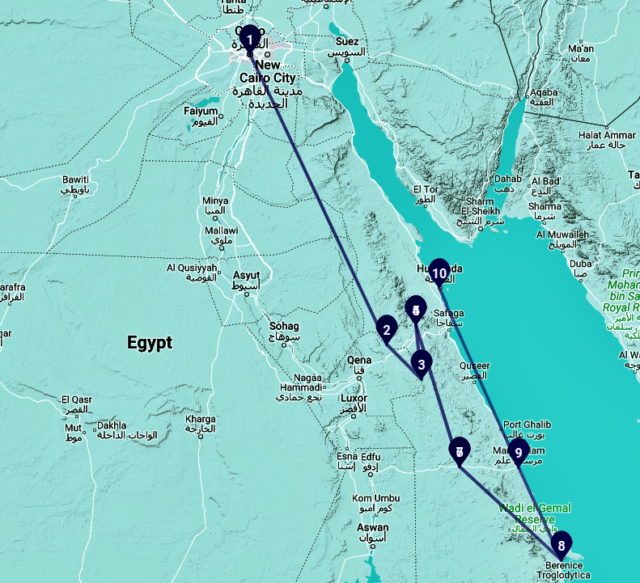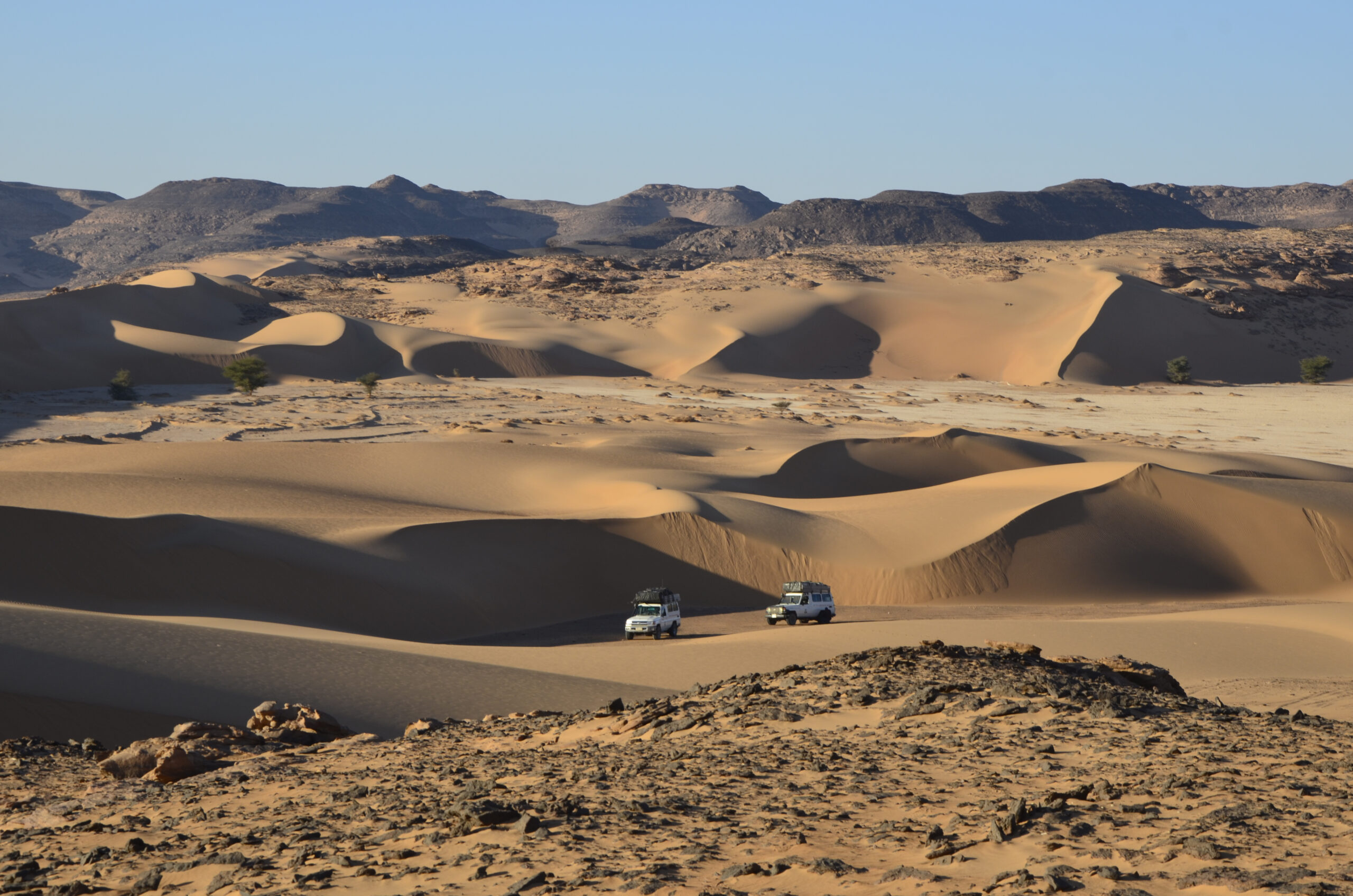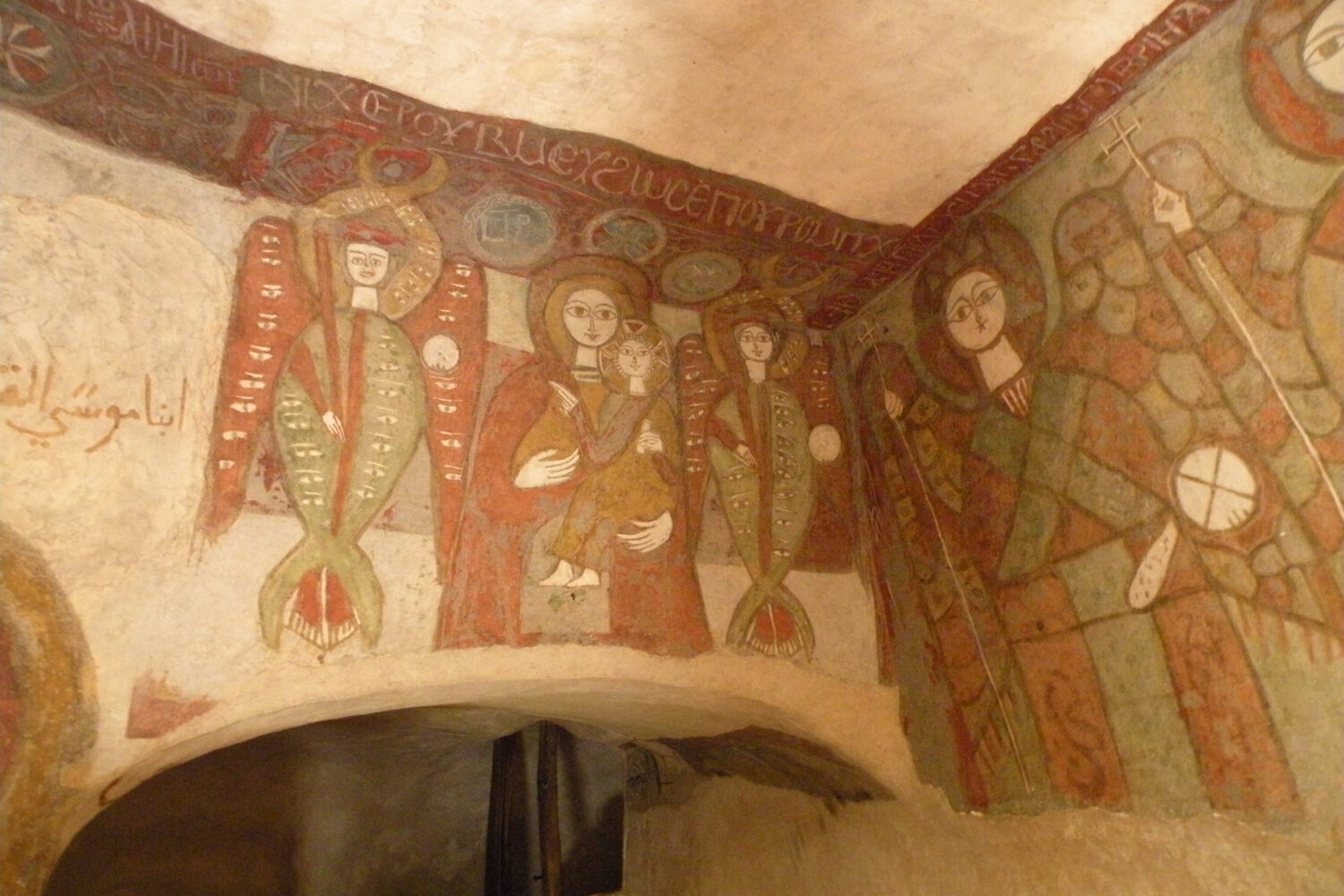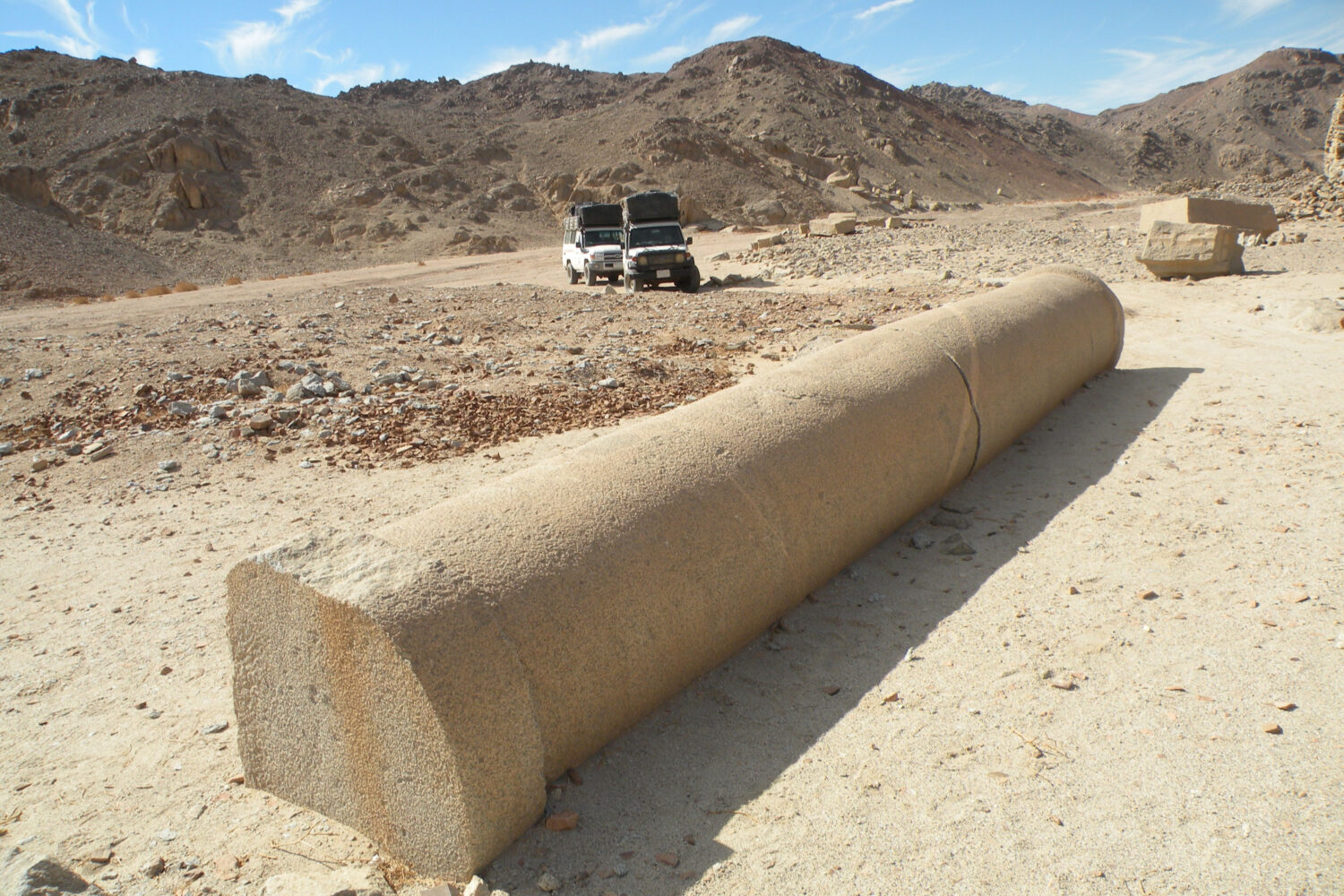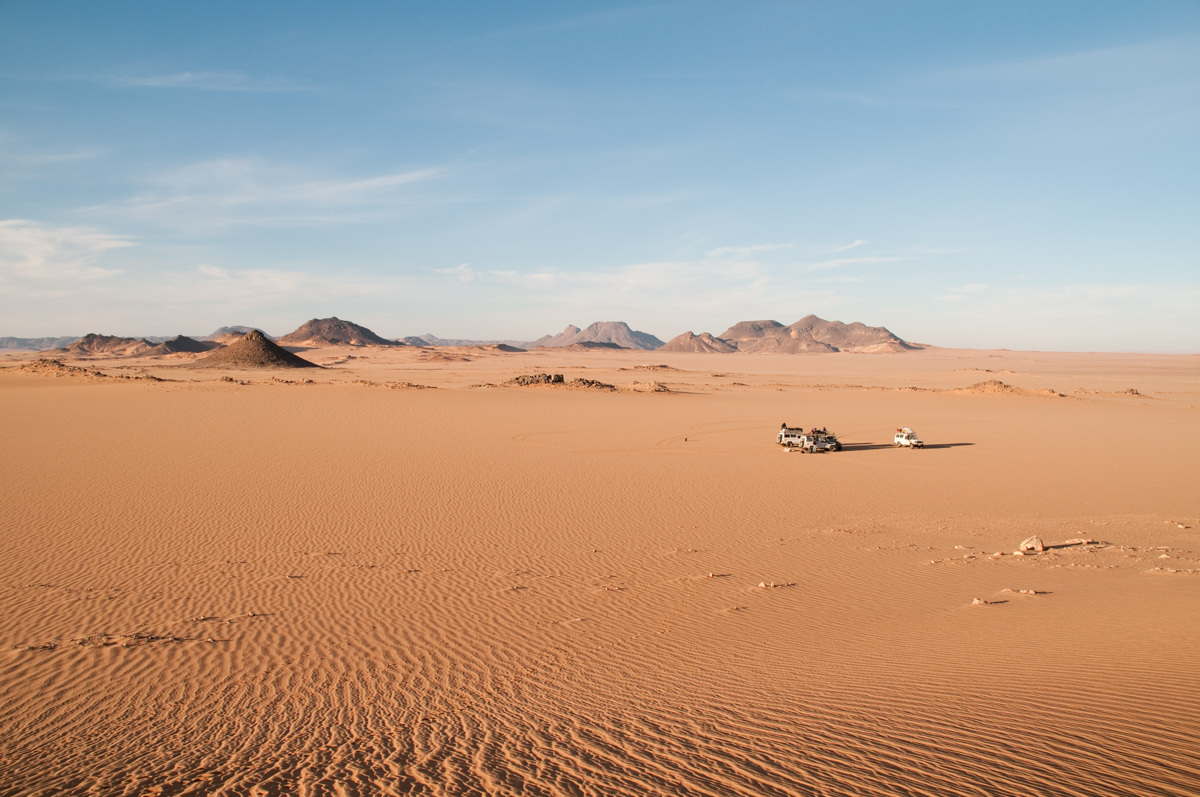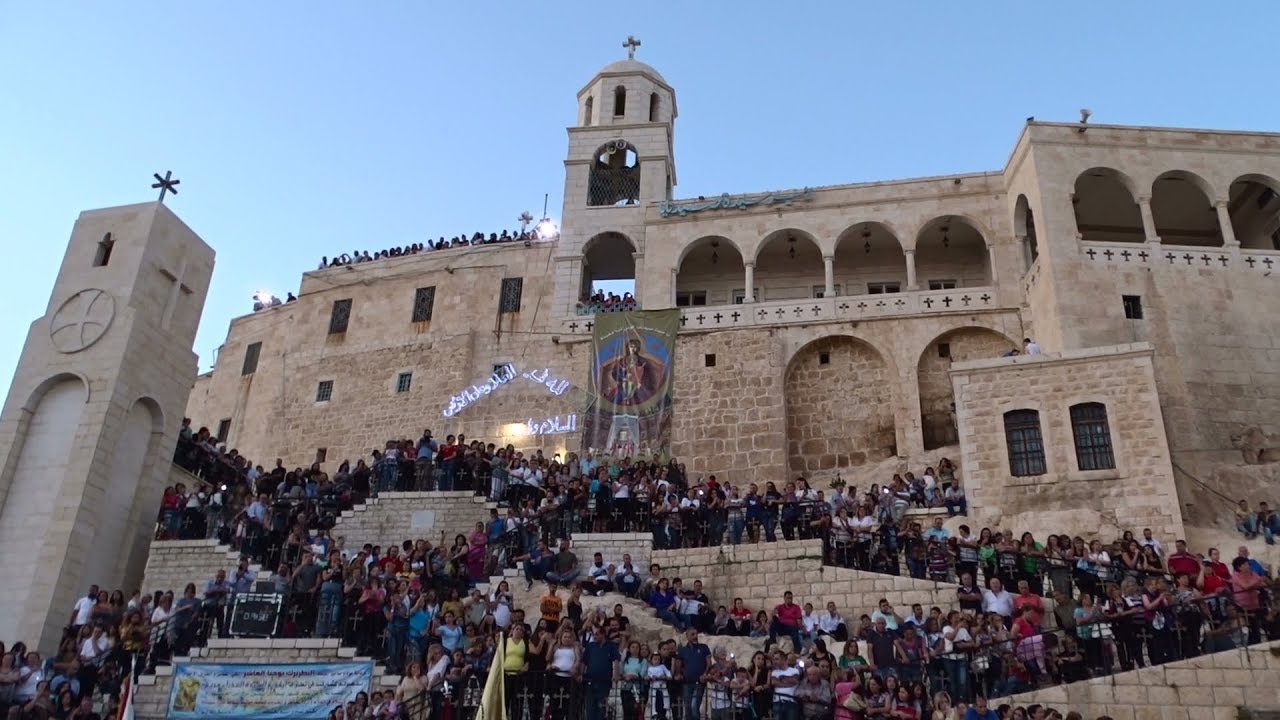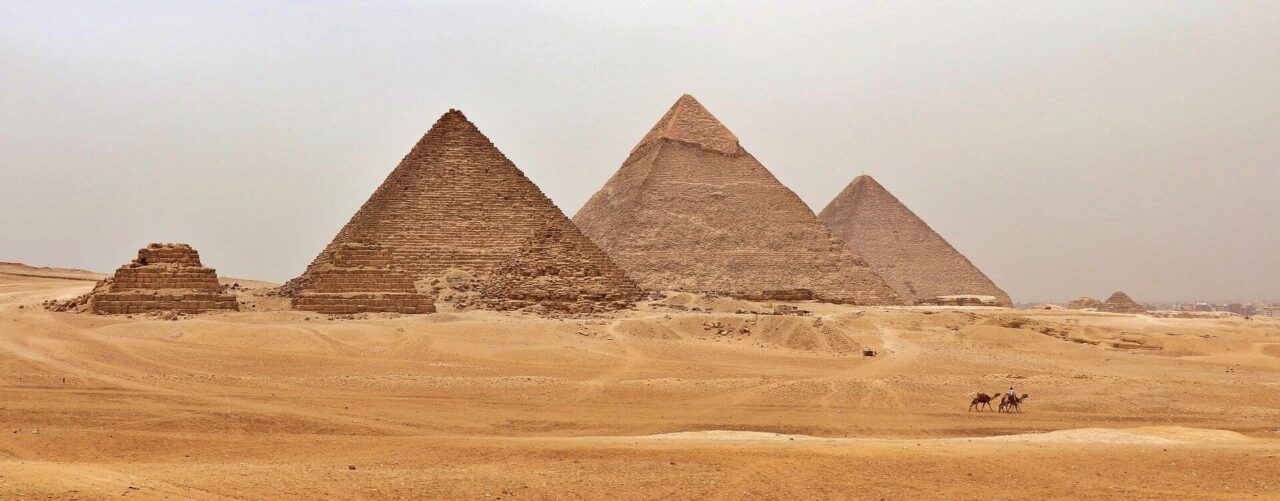The expedition continues along the ancient Roman roads. We will encounter the Abraq fort which is located on a flat plateau and overlooks a large wadi along what appears to be the southernmost Ptolemaic trade route to the Red Sea. This massive fortress, more than 160 meters wide, was probably built to protect the trade route and is located near a well. Near the wadi some rocks covered with graffiti depicting gazelles, elephants, cows, camels, warriors on horseback and Christian crosses were found. The fortress was built on a promontory that rises more than fifty meters from the base of the wadi. The central building consists of twenty-eight rooms surrounding a large courtyard. Smaller buildings were built inside the outer southern walls, and at the southwest corner there is a large tower that overlooked the entrance to the fort. The first Travellers to visit this fort (the Frenchman Linant de Bellefonds, in 1832, and the American Colston twenty years later) thought that this fortress was a stronghold and an elephant hunting station. However, it is unlikely that elephants were hunted here in the Ptolemaic period, when the environmental circumstances in this area resembled those of today. It is likely that elephants coming from the south stopped near the well to quench their thirst during transfer journeys.
The following days will continue in search of the Bedouin villages of Ma’aza, Ababda and Bisharin.
The Ma’aza Bedouins, according to oral traditions, arrived in the Eastern Desert of Egypt only a few hundred years ago, in 1700, from Arabia where they were known as Beni Atiyya.
The tribe migrated to Egypt by sea and overland from Sinai after being defeated by another rival tribe, the Howeitat. The 250 families settled in Egypt and, at first, continued their tradition of raiding to steal land from farmers in the Nile Valley to graze their flocks. However, they encountered many difficulties and their custom was finally stopped by Mohammad Ali in 1803, who then ruled Egypt from 1805 to 1848. Since then, the Ma’aza became pastoral nomads. Their relationship with the environment is very intimate and they know how to understand plants and animals. They move to places where they know that plants grow that are good for food, for healing themselves or to use as fodder for animals. If necessary, they build tents called “beit ash-Sha’ar” which means “houses of hair”. The life of the Ma’aza is very hard but it is a healthy life in which freedom and honor are the most precious goods. They are now considered excellent guides and great connoisseurs of the territory as well as very hospitable.
You cannot miss the meeting with the Ababda Bedouins, since time immemorial, they have been known as skilled shepherds, camel breeders, and excellent guides for traders and pilgrims. They do not use compasses, nor do they navigate by stars; instead they use the direction of the wind and the sun in their desert. Their ability to monitor the flocks is legendary and even the Ababda children can distinguish the individual tracks of the animals of their family. A branch of the Ababda alongside the English fought against the Dervishes in Sudan. Some Ababda Bedouins lead a nomadic life, constantly on the move in search of water and pasture for their livestock and dedicated to the collection of plants for food, medicine, and trade. Their camels are normally exchanged for other goods including corn, beans, dates, flax, leather, and other raw materials. The Ababda are said to share with the Bisharin a curious belief that animals sacrificed in a tomb are transformed into gazelles or ibex and enjoy special protection.
The Bisharin Bedouins who occupy the land from Berenice south to Port Sudan, descend from Neolithic tribal groups of ancient Hamitic origin and have lived in the area for more than 4000 years. They have a close affinity with their environment and the responsibility they feel for their land is rooted in their ancient origin. From the stories handed down it is said that their origin had this beginning: their first ancestor was Bishar, who had a grandson or great-grandson called Koka. Koka was a holy man and had two wives: Umm Ali and Umm Nagi. Over the years both wives gave birth to children. Umm Nagi became the mother of the plants and animals of Gebel Elba, while Umm Ali became the mother of the Bisharin. At the time of his death, Koka decided to leave his earthly life by transforming himself into a part of the mountain so that he could always watch over and protect his children. This story explains the very close affinity that the Bisharin have with their environment and the responsibility they feel for the land.
After the construction of the Aswan Dam, the Bisharin lost much of their traditional grazing land and many of them settled on both sides of Khor al-Allaqi. They also remain close to their ancestral home and to Gebel Elba.
During these days we will have the opportunity to build relationships with the different groups to learn about their habits and customs and get a little closer to these semi-nomadic tribes.


